Revolving Doors
Phil Hall explores the ownership history of some of Italy’s best known motorcycle brands
Back in the early 80’s, AVIS, the car rental company, ran a very successful series of radio advertisements for its car hire business. They featured an “ad within an ad” shtick which detailed the company’s attempts to mount a new advertising campaign based around the slogan, “AVIS, your other car.” The two characters were Mr Pettibone, the buttoned down and perpetually frustrated AVIS Advertising Manager, and Claypool, the advertising agency’s representative at AVIS. Suffice to say that it didn’t go well. Claypool would pitch wild ideas, which Mr Pettibone would shoot down, thus he was being constantly sent back to the agency with instructions to come up with something better. The point of this? At the end of one ad, Mr Pettibone remarks, “Claypool, working with you is like living in a revolving door.”
It is an aphorism which somehow tickled my funny bone to the extent that I have continued to use it ever since. And the concept of the revolving door is one which summarises very well the history of the Italian motorcycle industry, the essence of which I am going to try and distill in 1500 words or less.
In the 71 years since the end of WWII, Italy has had over 40 Prime Ministers. Indeed, it was remarked some time ago that, changing governments was Italy’s national sport, and the same capricious and unstable nature seems to be exhibited in the history of their motorcycle manufacturers. So, here is a quick potted history of the main players.
MV Agusta
Founded in 1945 by the aristocratic Count Agusta, MV Agusta made its name producing small capacity bikes and later it branched into a super-successful era of Grand Prix racing. The Count, who had made his fortune in the helicopter industry, siphoned off some of the profits to indulge in his two-wheel passion and he sure made a huge impact.
The Count passed away in 1971, perversely just around the time when the first writing on the wall for four stroke Grand Prix bikes was starting to be seen. By 1976 the company had been bought up by a public financing company who kept the name alive but insisted that MV stop producing unprofitable motorcycles. Despite the edict, motorcycle production continued until 1980. EFIM were unable to make the company profitable and the workshops and infrastructure was then sold up and the MV name disappeared.
In 1991 Cagiva purchased the rights to use the MV name and began to produce the “modern” range of MV motorcycles that we know today. However, Cagiva was struggling with its own debt issues and the MV was bought by the Malaysian petroleum giant, Petronas, in 2004.
In 2005, Proton on-sold MV to a financing company, GEVI for ONE Euro (excluding the company’s accumulated debt). GEVI restructured the company and continued production, selling the Husqvarna arm of its acquisition to BMW in 2007.
In 2008 Harley-Davidson purchased MV from GEVI.
In 2009, Harley sold MV back into Italian hands, the new owner being Claudio Castiglioni.
In 2014, Mercedes Benz purchased a 25 per cent minority stake in MV, continuing what has become a pattern of car manufacturers having financial interests in motorcycle manufacturers.
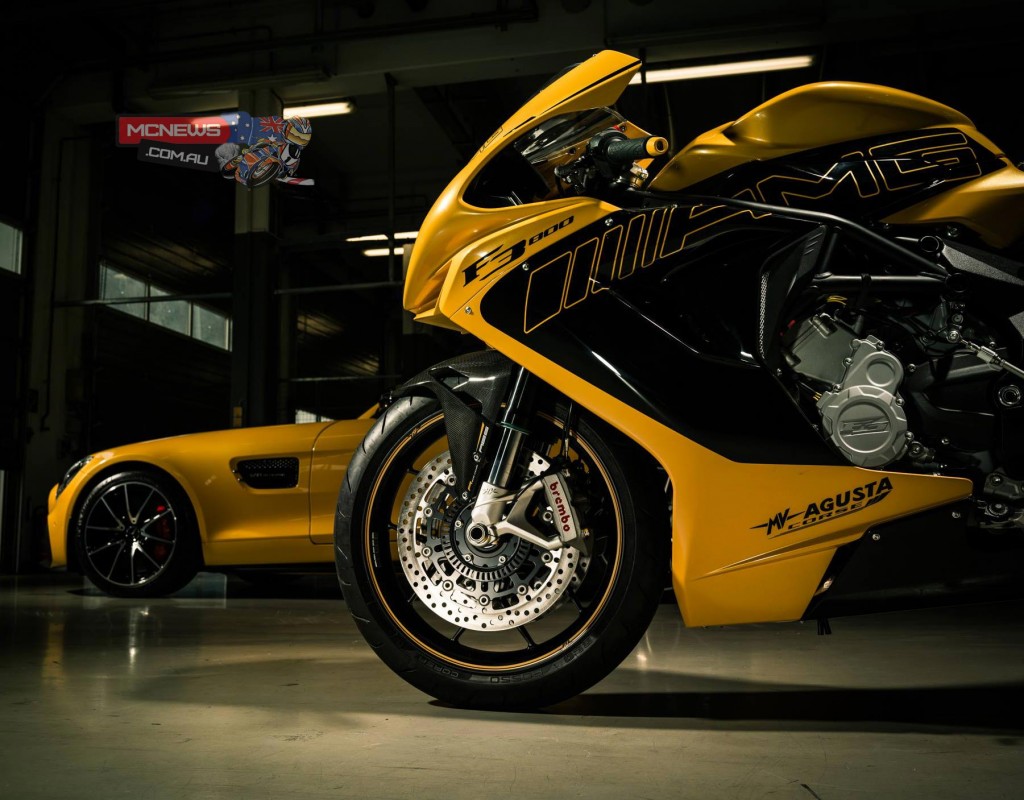
Ducati
Founded by Cavalierri and his 3 sons in 1926, Ducati made its name producing small capacity motorcycles. They survived WWII and found a ready market for their small bikes in the growing middle class of post-war Italy. So, from 1926-1950 the company was in family hands.
Uncertain economics and mounting debt saw the company purchased by a government-managed company the company splitting the operation into a motorcycle division and an electronics division in 1953. It was during this period that the Ducati name became better known for its racing machines, the tiny single cylinder creations being fast, nimble and easy to ride.
Falling into debt again, the company was purchased by EFIM, another financing giant whose name would feature significantly in Italy’s post-war motorcycle manufacturing history.
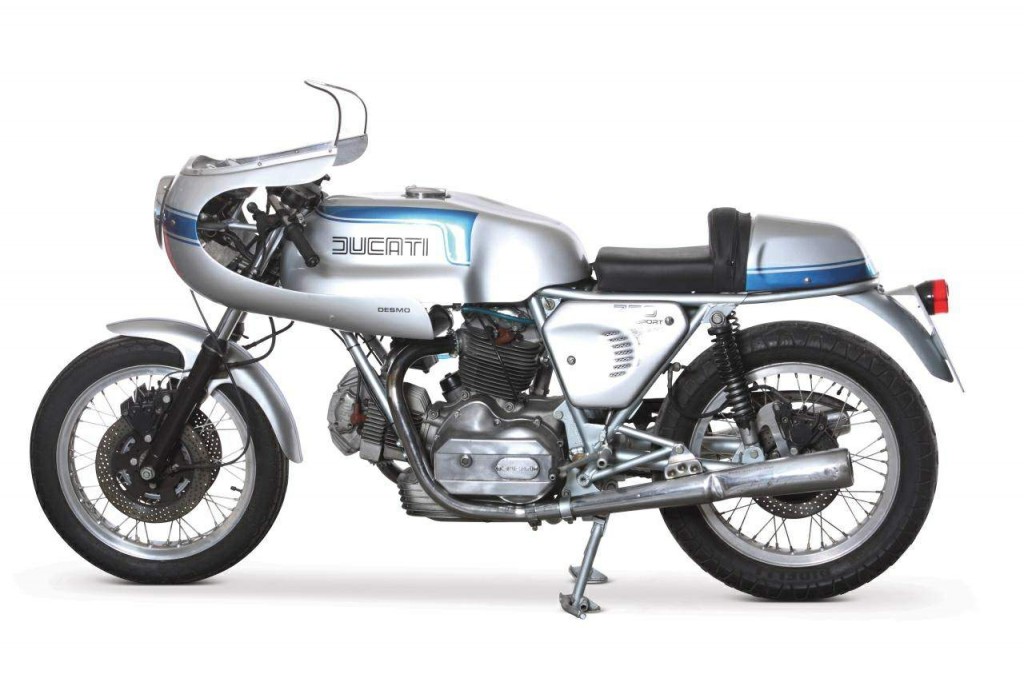
EFIM controlled the company till 1978 when it was sold to the VM Group who sold it on again in 1985 to the Cagiva Group.
In 1996, Cagiva Sold the company to the Texas Pacific Group who maintained control till selling the company to another investment group in 2005. Their tenure only lasted 3 years before Ducati was sold again to Performance M/C, another investment group.
This ownership lasted till the company was purchased by Lamborghini, part of the AUDI car manufacturing group, in 2012, in whose hands the company still resides at this time.
Moto Guzzi
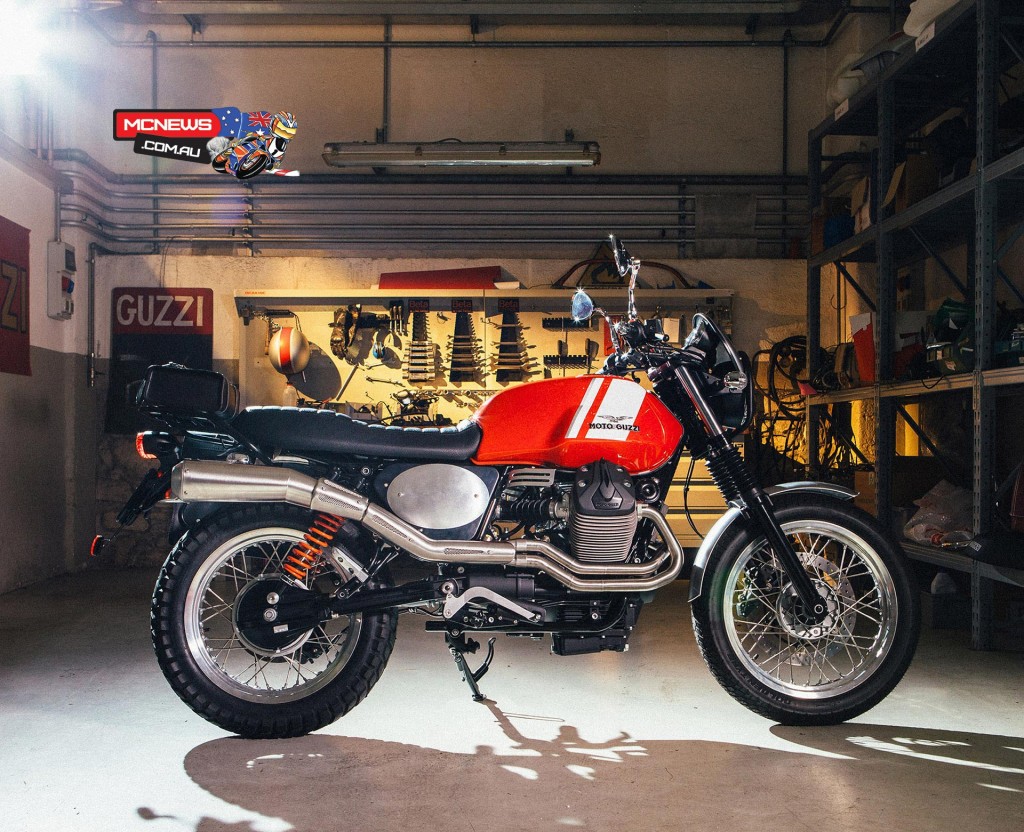
Like most Italian motorcycle manufacturers, MG’s history goes back into the “boom” times of the 1920’s when money was in abundance and every man and his dog thought it would be a cool idea to build a motorcycle. Guzzi was founded in 1921 and stayed in family hands until the progress of time saw it becoming increasingly difficult for the family to maintain control. So, in 1966, the company was placed into receivership and was purchased by a state-owned company. It remained in their hands until 1973. It was during this time that Carcarno, whose history went back a long, long way in the Guzzi company, developed the iconic V Twin engine that remains the hallmark of Guzzi today.
In 1973 the company was gobbled up by the voracious Alejandro de Tomaso who maintained control until 2000 when the company was sold to Aprilia. With the acquisition of Aprilia and several other smaller marques by the huge Piaggio company, Guzzi became part of the Piaggio group and remains so to the present day.
Benelli
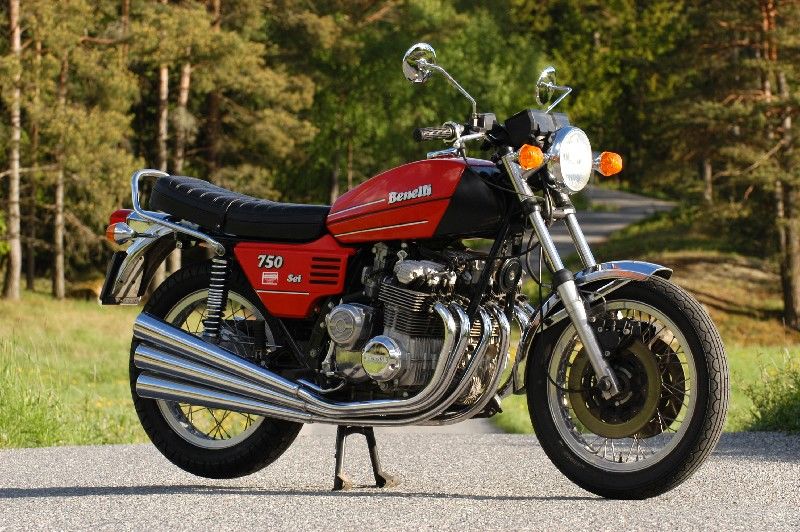
Another company whose roots go back a long way, Benelli was founded in 1911 and remained a family-controlled company until 1973, surely a record for an Italian motorcycle manufacturer. During this time the company concentrated on small capacity bikes but also had a successful stint at racing, most notably in 1969 when Australia’s Kel Carruthers won the 250cc World Championship on a Benelli 150/4.
In 1973 de Tomaso purchased the company and kept it until the company was merged with Moto Guzzi in 1988. There was an unsuccessful attempt at reviving the name under Selci, the new owners and the name submerged for a while until it was purchased by a giant Chinese company who revived the name, recommenced bike production in Pesaro, (Benelli’s original home) and even re-hired much of the workforce that had once worked for the company.
The company now produces the slightly left of centre Benelli range and is concentrating its efforts in the burgeoning Asian and Middle Eastern market.
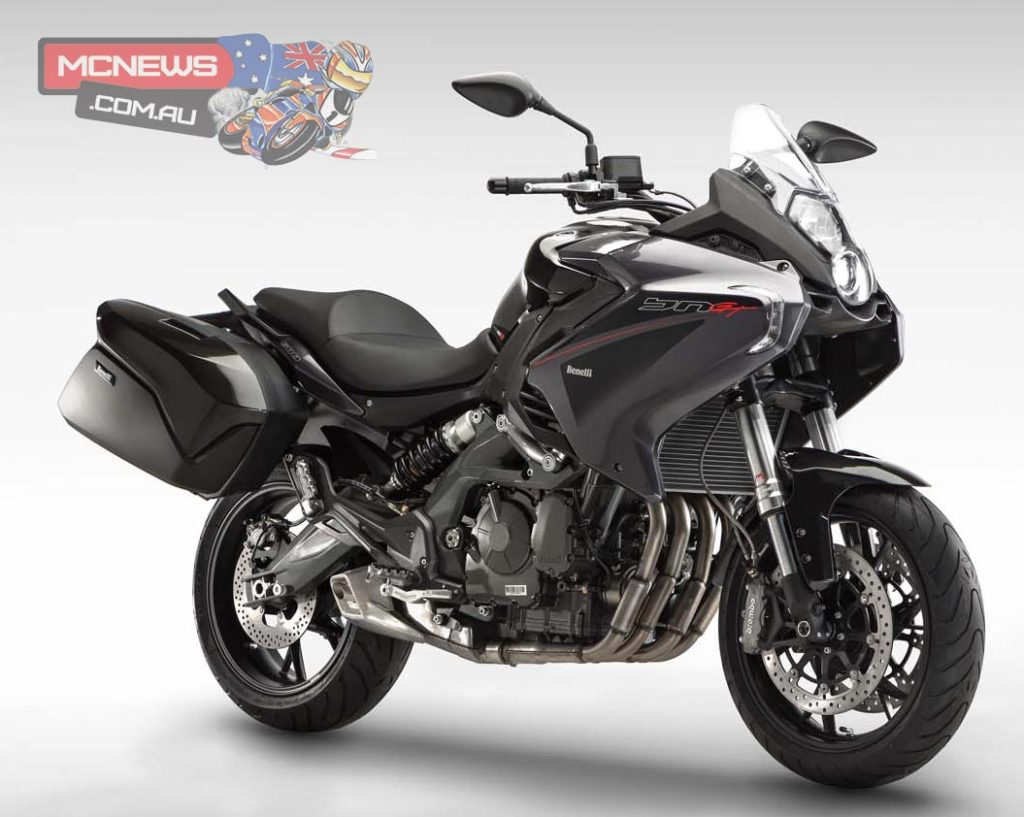
Cagiva
Started in 1950, during the post-war boom, Cagiva was a manufacturer of small metal components. But in 1978 it was purchased by Sons of old man Castiglioni and the company started making motorcycles. For the most part using proprietary engines (engine design and manufacture is hideously expensive even for big companies), Cagiva made bikes that often showed how much better Japanese engines could perform if they were housed in more sophisticated running gear.
The company prospered and, unlike many who were subject to take-overs on a regular basis, Cagiva actually bought up some companies themselves. In 1985 they bought Ducati but maintained the company as a separate entity. Through the 1980’s they also bought up Moto Morini, Husqvarna (originally a Swedish company so I’m not sure what that was about), and MV Agusta.
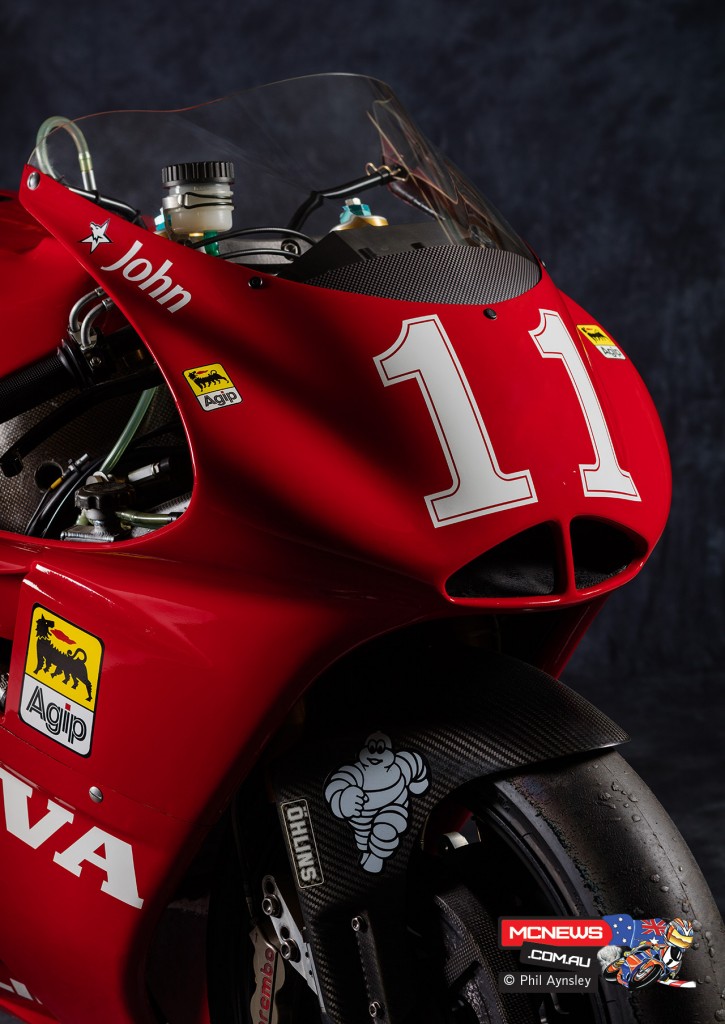
It couldn’t last and, in 1996 they sold off Ducati and Moto Morini to Texas Pacific.
In 1999 the company was restructured with MV and Cagiva being combined. In 2008 the company is purchased by Harley Davidson and in 2010 it returns to Italian ownership when Claudio Castiglioni buys it back from Harley. In 2012 big bike production ceased with the company going back to producing small capacity bikes which they continue to do.
So, in a nutshell, that is the revolving door of Italian motorcycle manufacture with particular emphasis on the post-war era. While the industry hasn’t quite experienced the turmoil and change that the Italian political scene has, it is fascinating to watch the door in motion. Mostly, though, we should be grateful that these iconic names, though far removed for the most part from their original heritage, have survived and continue to prosper (sort of).
My “Dream Garage” would certainly have quite a few examples from most of these manufacturers.























